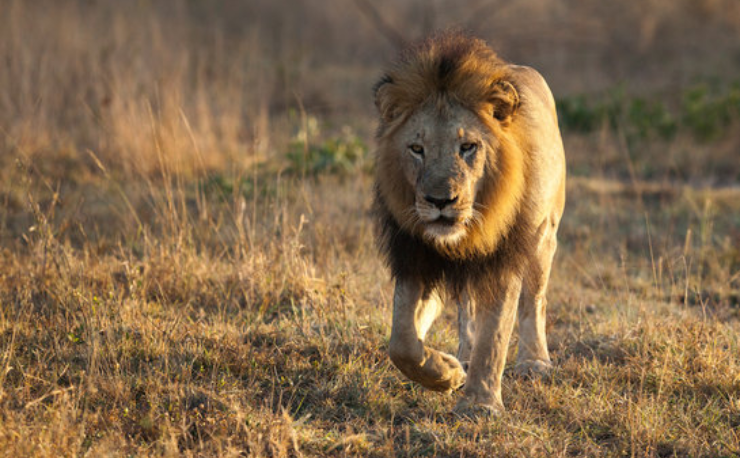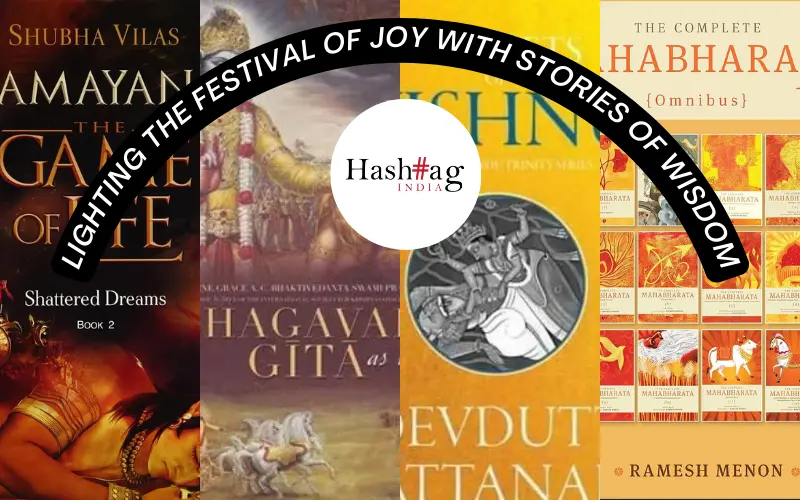Wildlife reserves in India are among the most popular tourist destinations in the country, offering a glimpse into the country’s rich and diverse flora and fauna. From the majestic tigers of Ranthambore to the playful elephants of Kabini, India’s wildlife reserves have something for everyone. Dhanush Kumar discusses some of the most popular wildlife reserves in India, and what makes them so special.
- Ranthambore National Park

Located in the state of Rajasthan, Ranthambore National Park is one of the most popular tiger reserves in India. Spread over an area of 392 sq km, the park is home to a large population of Bengal tigers, as well as leopards, and a variety of other wildlife. The park is also home to several ancient ruins, including the Ranthambore Fort, that date back to the 10th century. One of the best ways to explore the park is by taking a jeep safari, which lets you get up close to the wildlife.
- Bandhavgarh National Park

Bandhavgarh National Park is another popular tiger reserve in India located in the state of Madhya Pradesh. This park is home to one of the highest densities of tigers in the country, as well as a variety of other wildlife, including leopards, wildlife boars, and sambar deer. One of the unique features of the park is the presence of ancient caves and rock shelters that are believed to date back to the 1st Century BC.
- Kabini Wildlife Sanctuary

Kabini Wildlife Sanctuary is a popular destination for wildlife enthusiasts and nature lovers. It is located in the state of Karnataka, and it is home to a large population of elephants, as well as a variety of other wildlife, including tigers, leopards, and wild dogs. Kabini Park has presence of the River Kabini which runs through the sanctuary and provides a source of water for the wildlife.
- Kaziranga National Park

Kaziranga National Park is a UNESCO World Heritage Site and one of the most popular wildlife reserves in India. The park is home to two-thirds of the world’s population of Indian one-horned rhinoceroses, as well as a variety of other wildlife, including tigers, elephants, and wild water buffalo. Visitors can take jeep safaris or elephant safaris through the park.
- Sunderbans National Park

Sunderbans National Park is a unique ecosystem that is home to the Bengal tiger as well as the saltwater crocodile. The park is also home to various other wildlife, including macaques, deer, and over 250 species of birds. The best feature of Sunderbans is the presence of the mangrove forests, which provide a habitat for a variety of animals and are essential for protecting the park from tidal waves.
- Kanha National park

Kanha National Park is one of the largest national parks in India and a popular destination for tiger sightings. The park is home to a variety of other wildlife. In the National Park, there are Kanha Meadows, which are open grasslands that provide a habitat for a variety of animals. You can also take a guided walk through the meadows to see the birdlife and smaller animals.
Conclusion
India’s wildlife reserves are a testament to the country’s rich biodiversity and cultural heritage. From the majestic tigers of Ranthambore to the beautiful birds of Sunderbans, each reserve has something unique to offer us. If you are looking for a unique travel experience, India’s wildlife reserves are worth a visit.





























